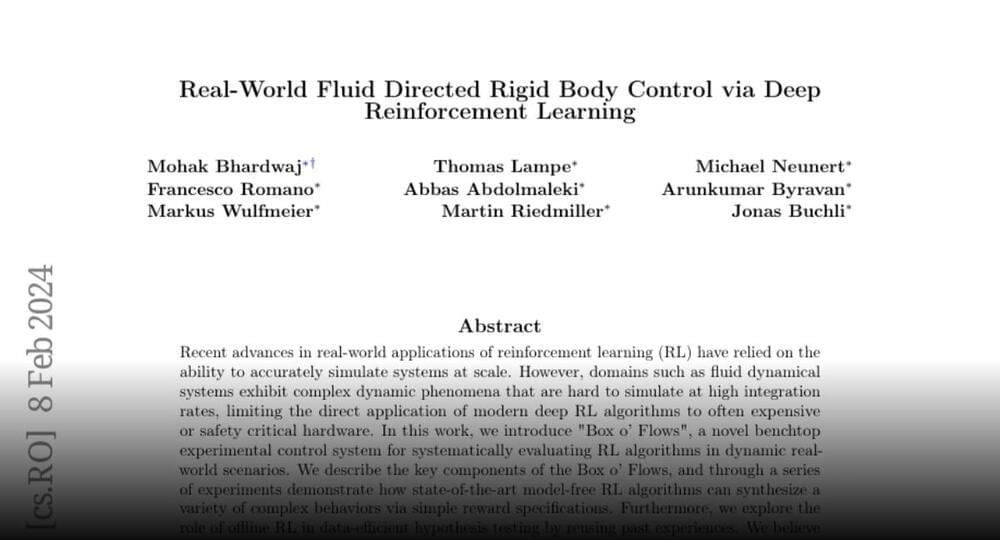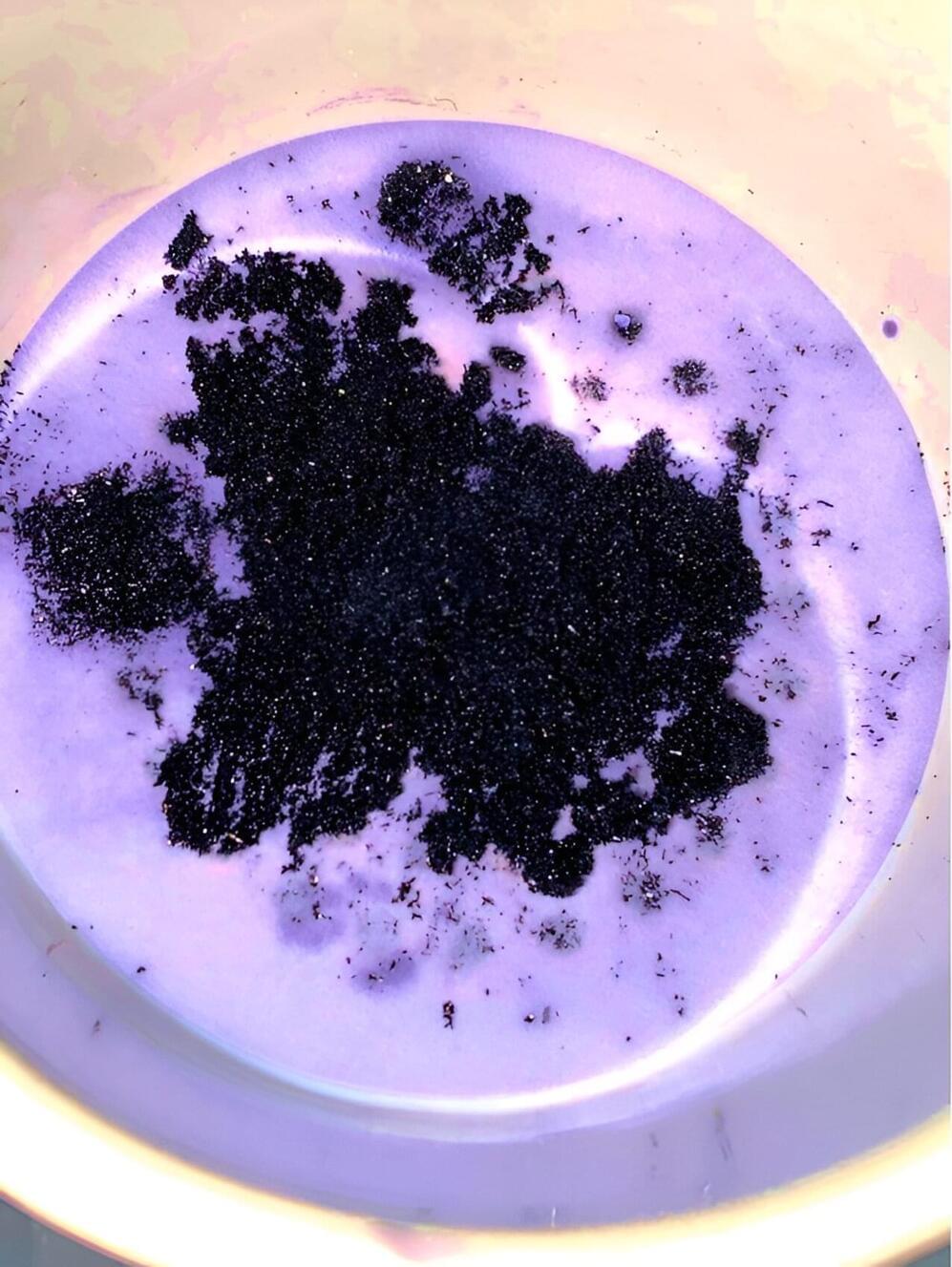There are many pain points that warrant discussions between the two nations but AI could be the thing that brings them to the table.
Relations between the United States and China have been downward recently. Topics like artificial intelligence (AI) and such technology in automated weapons could be common points of interest to get the two countries talking again.
Tensions between the two nations have been on the rise for a host of issues. Recently, the origins of the COVID-19 pandemic, China’s burgeoning presence in the South China Sea, and the supply of powerful chips in the technology space have been areas of disagreement on both sides.
The lack of dialogue on such issues has led to tensions between the two countries, and the imposition of restrictions on both sides has further strained relations. While addressing these points is expected to be a long-drawn affair for the two countries, common areas like AI could offer a starting point, experts told the South China Morning Post (SCMP).









